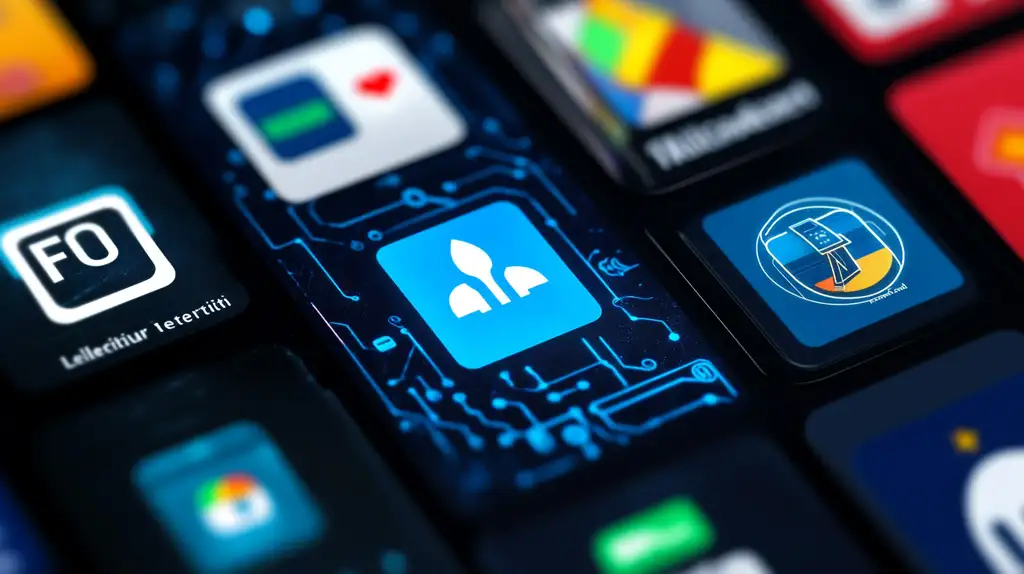You’ve made the switch to an electric vehicle. Congratulations! You’re part of a cleaner transportation future. But as you pull up to a public charging station for the first time, a common question arises: “Now what?”
The world of public charging can seem confusing. With dozens of different networks, apps, and cards, understanding how to pay for EV charging can feel like a challenge. But it doesn’t have to be.
This guide is your all-in-one resource for paying for EV charging across Canada. We will break down every payment method in simple steps, explain the Canadian network landscape, and even provide key insights for business owners thinking of installing chargers.
Before we discuss payment, it helps to know the basics of the equipment itself. Understanding how do car charging stations work is simple: they deliver electricity safely from the grid to your car’s battery. The payment system is the “gatekeeper” that activates the flow of electricity once payment is authorized.
In Canada, you’ll encounter four main methods to pay for a charge. Most drivers find that using one or two of these methods covers nearly all their needs.
Mobile apps are the most popular way to pay for charging. Nearly every major network has its own app, which acts as your digital key to their stations.
How it Works:
Using an app is a reliable way to manage your charging sessions and payment history all in one place.
For a truly simple “tap-and-go” experience, many drivers use a Radio-Frequency Identification (RFID) card. This physical card is linked to your account with a specific network.
How it Works:
This method is incredibly fast and perfect for areas with poor cell service where using an app might be difficult.
To make charging more accessible to everyone, more and more stations are being equipped with traditional credit and debit card readers. This is the most straightforward method for infrequent users or visitors.
How it Works:
While convenient, be aware that some networks may charge a slightly higher rate for this “pay-as-you-go” service compared to using their app. This payment method also affects the overall charging station cost for the business owner, as payment terminals add to the hardware price.
Plug & Charge is the newest and most seamless payment technology. Its goal is to make charging as simple as plugging in your phone.
How it Works:
This technology is becoming more common in newer EVs and networks like Electrify Canada. It removes all the friction of apps and cards, and its simplicity is a major selling point.

Understanding how to pay for EV charging also means knowing the key players in Canada. While there are many networks, a few dominate the landscape.
You will frequently encounter these networks. It’s often a good idea to have an account with one or two of the major ones.
If you live in or travel through Quebec, you must know the Electric Circuit. Operated by Hydro-Québec, it is the largest public charging network in Canada. Their blue RFID card is an essential tool for any EV driver in the province.
Thankfully, you don’t always need a separate account for every single network. Many have “roaming agreements,” which allow you to use your account from one network to activate a charger on another. For example, your FLO account can often activate ChargePoint or Electric Circuit stations. Keep in mind that roaming rates may sometimes be higher than using the native network’s app.
If you’re a business owner, understanding payment is critical. The choices you make impact your revenue, customer experience, and upfront costs. Exploring the various business opportunities in ev charging starts with selecting the right payment technology.
The payment system you offer is a core part of your ev charging business models. Some businesses prioritize ease of use for everyone, while others prefer a members-only or app-focused approach to build a loyal user base.
Here is a breakdown of the pros and cons of each payment method from a business host’s perspective:
| Payment Solution | Pros for Your Business | Cons for Your Business |
|---|---|---|
| App / RFID Only | Lower hardware cost; captures user data for marketing. | Creates a barrier for one-time users or tourists. |
| Credit Card Terminal | Attracts all drivers; maximum convenience and revenue. | Higher hardware cost; incurs credit card transaction fees. |
| Both (Recommended) | Maximum user flexibility; builds loyalty and serves all. | Highest initial investment in electric vehicle equipment. |
The payment method can also influence the user’s perception of time. A seamless tap-and-pay experience feels faster and more efficient. For sessions billed by time, users are very aware of how long to charge an electric car, making a quick start to the session crucial for customer satisfaction.
You will sometimes find free Level 2 charging stations. These are typically offered as an amenity by businesses looking to attract customers or as a perk for employees.
While the driver doesn’t pay per session, the business owner still pays for the electricity and the charging infrastructure. They have simply decided that the value of attracting a customer or retaining an employee outweighs the direct cost of the charge. This is a strategic decision based on the powerful Benefits of EV Charging Stations.
While the landscape of how to pay for EV charging seems complex, it’s manageable. For most Canadian drivers, the strategy is simple:
With this setup, you will be able to access over 95% of public chargers in Canada with ease. For businesses, choosing flexible electric vehicle equipment that accepts multiple payment types is the key to serving every potential customer and maximizing your return on investment.
私達は詳しい技術情報および引用語句をあなたに送ります!